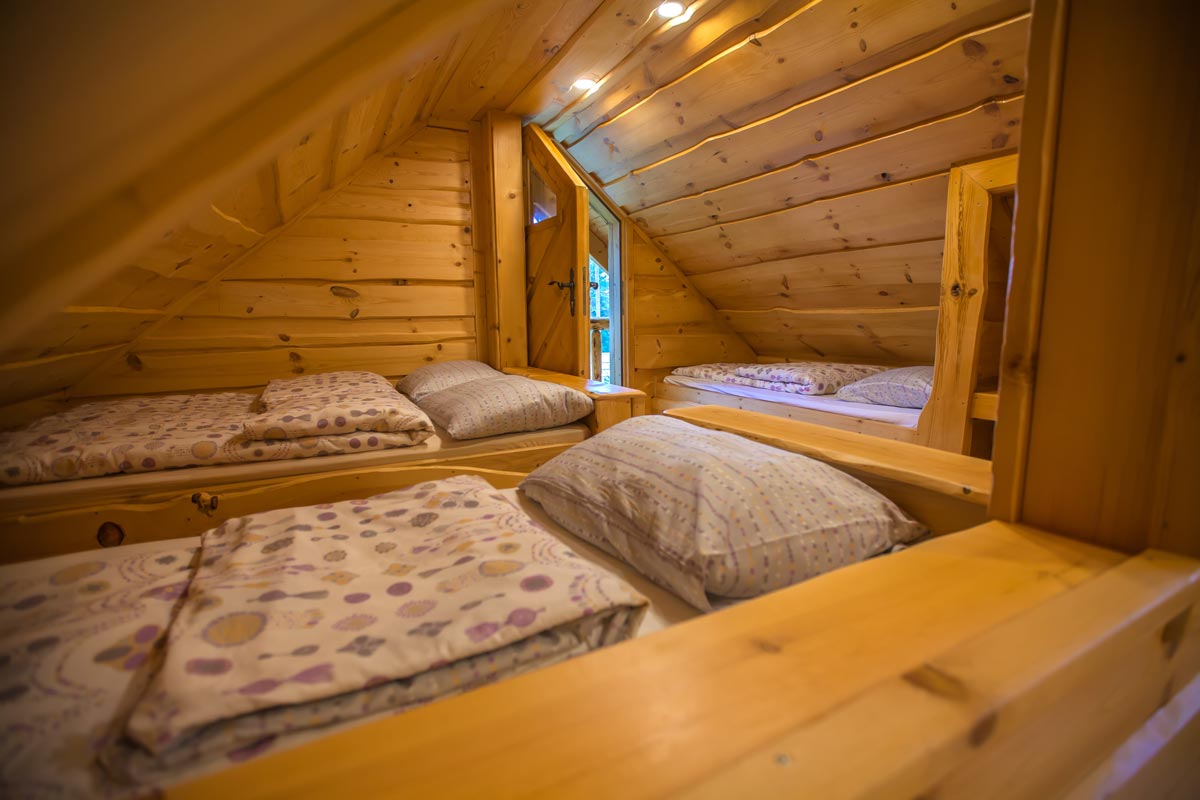There’s a moment every Wisconsin homeowner dreads. It’s mid-July, the sun is beating down like a spotlight, and stepping into the attic feels like opening the oven to check on the bratwursts. If the attic could sweat, it probably would. The thing is—most people don’t think about what’s causing that heat until the electric bill shows up wearing boxing gloves.
Here’s the secret: the color and material of the roof might be cooking the house from the top down.
Roofing isn’t just shingles and nails. It’s a 24/7 mediator between the inside of a home and whatever Wisconsin decides to throw down from the sky. Snow, sleet, rain, blazing sun—it handles it all. But in the warmer months, a dark, heat-absorbing roof can take a relatively mild 85-degree day and turn the attic into something that rivals the surface of Venus.
That’s where cool roofs come in.
Now, the term “cool roof” doesn’t mean the roof wears shades and listens to jazz. It means the roof is built or coated with materials that reflect more sunlight and absorb less heat. Instead of soaking up every UV ray like a sponge at a fish fry, a cool roof sends most of that energy back into the sky, leaving the attic—and the air conditioning system—breathing a little easier.
There are two main paths to a cooler roof: reflective coatings and light-colored roofing materials. Both do the same job—they just go about it differently. Reflective coatings are like giving your roof a pair of mirrored sunglasses. They’re applied to the surface (usually flat or low-slope roofs) and reflect sunlight before it can heat up the structure. Light-colored shingles, on the other hand, work well on pitched roofs and are designed from the get-go to reflect more heat.
For years, darker shingles were the default choice. Folks thought it made the house look more “solid” or “traditional.” But what’s traditional isn’t always what’s practical—especially when it’s making the HVAC system wheeze like an old hound dog. Lighter shingles, especially in off-whites, light grays, or even soft tans, blend in just fine and can drop attic temperatures by double digits.
That drop in temperature doesn’t just make the house more comfortable—it extends the life of the entire roof system. When roofing materials get too hot, they expand. Then they cool off and contract. Day in, day out. Over time, that wears things down. Less heat means less of that constant expansion-and-contraction game and fewer chances for something to crack, peel, or give up entirely.
There’s also a bonus when it comes to HVAC strain. When the attic isn’t an oven, the air conditioner doesn’t have to act like a fireman running into a burning building every time the thermostat ticks up. That usually means less wear and tear on the system and lower energy use. Not a bad trade-off for a roofing upgrade.
Now, someone might say, “But Thad, doesn’t this only matter in the South?” Good question, imaginary reader. The truth is, even up in Wisconsin, there are more hot days than people care to admit. Summers are getting hotter, and when the sun is high and unrelenting, it doesn’t care what zip code it’s in. Roofs absorb solar radiation no matter the latitude.
That’s why more and more homeowners—from Madison to Marshfield—are rethinking their roofing choices. Whether it’s a new install or a refresh, the idea is the same: reflect more heat, keep the structure cooler, and let the attic breathe a little easier.
And it doesn’t have to be complicated. Many shingle manufacturers now offer “cool-rated” colors. They look like regular shingles but are engineered to reflect more solar energy. For flat roofs or older systems, a reflective coating can be applied without removing the existing materials—like putting on a high-performance overcoat.
Installation’s straightforward, and maintenance is manageable. No space-age solutions here—just smart choices in material and design.
Now, to be fair, a cool roof won’t turn the attic into a meat locker. It won’t make August feel like October. But it will take the edge off, which can mean the difference between “manageable warmth” and “don’t go up there unless you’re roasting coffee beans.”
So next time the roof is under consideration—whether it’s due for replacement or just part of a renovation project—take a moment to think about what that roof is doing when no one’s looking. Is it reflecting heat and working with the building? Or is it up there absorbing sun like it’s trying to hatch eggs?
In the roofing world, little changes can have big payoffs. And if making the house more comfortable, easing the load on the HVAC, and stretching the lifespan of the roof sounds like a good deal… well, it probably is.
Just remember: a cool roof doesn’t need sunglasses. It just needs the right materials.



